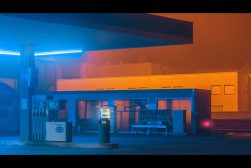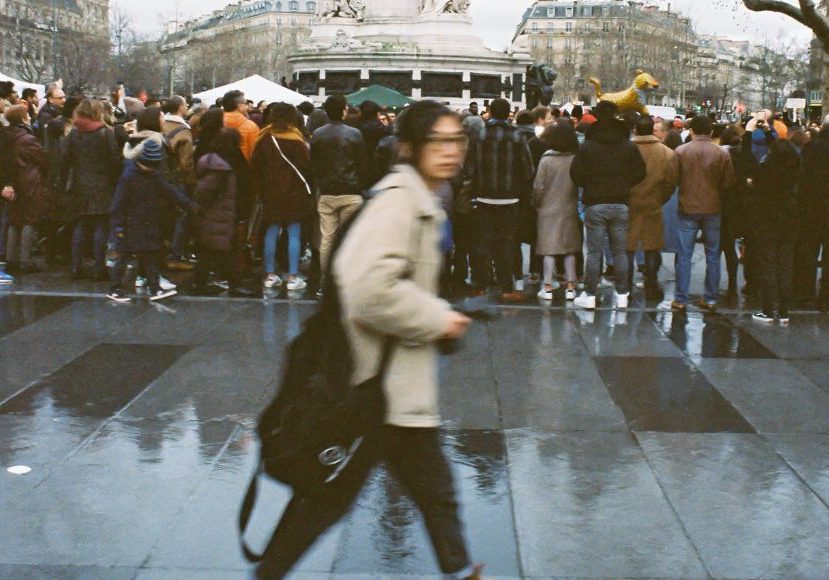
7 Tips to Master Pulling Focus (+ Examples)
Sharpen your skills in pulling focus with seven expert tips, complemented by watchable video examples, to achieve cinematic depth and clarity.
This guide to pulling focus will help to fully understand this visual technique.
There are also some tips on how to master pulling focus, in addition to a variety of examples to illustrate how it’s done.
I spent years perfecting this technique when shooting video, and today, I can tell you, beyond a doubt, that you can do this too.
Read on to learn what exactly is pulling focus, why we do it, and what’s the best way to pull it off.
Table of Contents
What Exactly Is Pulling Focus?
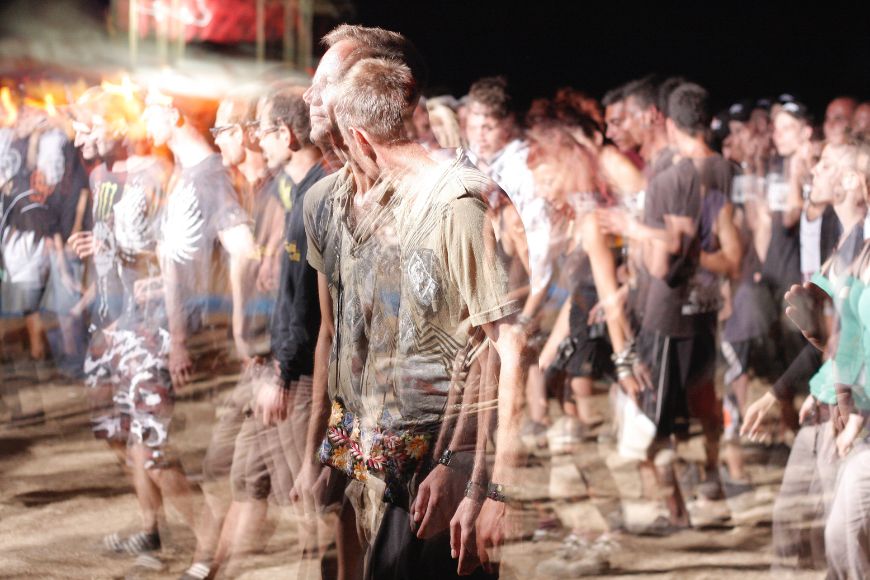
Pulling focus refers to the technique of changing the focus point in a shot to shift the audience’s attention from one subject to another.
For beginner filmmakers, think of it as directing where you want your viewer to look by adjusting which part of the scene is sharp and which is blurred, often done smoothly during a shot to create a dynamic visual effect.
Motion pictures are all about dynamics. People are moving, cameras are moving through space to show different places, and the story itself is constantly moving along the successive scenes.
Pulling focus, or rack focus, is one of the best ways to create cinematic movement.
Creating Movement Is a Necessity in Filmmaking
To create this movement, filmmakers have developed a bunch of brilliant techniques over the years. This includes:
- Moving the camera: This is often seen in dolly shots, tracking, zooming, tilting, and panning, among other clever ways of physically moving the camera to give life to a scene or direct the viewers towards an important element.
- Moving the actors: Talking heads is rarely fun to watch, so directors often give the actors in a scene a specific pattern of movement to follow. This extends from a quiet exchange in a living room to a battle scene in a historic movie.
- Editing the shots: The Kuleshov Effect in film editing was devised in 1917. The Russian filmmaker proved experimentally that the sequence of shots can change the narrative completely. There’s a multitude of editing tricks that can slow down or amplify the dynamic feel of a movie.
- Using artistic composition: Motion pictures follow the same rules of contrast, balance, and composition that still photographs or paintings do. If you analyze each frame individually, you’ll notice that good movies often respect these fundamentals. That’s why a certain composition can lead the viewers’ eyes from one element to the next without moving anything else at all.
Pulling Focus to Create Movement
Pulling focus is one of the techniques filmmakers use to create movement without physically moving the camera or cutting the scene.
The way it’s done is as follows. The first assistant camera (1st AC) changes the focus at a specific moment. This shifts the focal plane from one subject, object, or spot in the location to another. It’s a skill that needs punctuality, accuracy, and quick wit since anything can happen during a take.
Also, the AC doesn’t really look at the lens! To an outsider, this might look like guesswork, but in fact, it’s a close coordination between the director, DOP, cameraman, and AC. There’s a lot of measuring and math, too, as all focal points should be accurately marked.
Additionally, these scenes are often long and complicated. Mostly, they require an orchestrated effort from everyone on set. It’s customary to see intensely emotional scenes, like in the famous sequences of The Graduate, or elaborate action, as in Children of Men.
The focus pullers are some of the most valuable technicians in the industry. They accumulate their knowledge through years and years of experimentation and work. Even though there are some automated methods nowadays, this is still a tough one to master.
The good news is that there are some good tips that you can follow to improve your pulling focus skills.
When to Use Pulling Focus?
Pulling focus is a versatile technique that’s visually impactful. Viewers often respond to pulled focus in subtle ways that they might not even notice, but they still get the message.
Here are some of the ways where pulling focus is commonly used.
- To get into the actor’s headspace: By changing the focus from one spot to another or towards a certain person, the viewers can see what the actors are concerned about. They can almost feel what they’re feeling.
- To add visual interest: Changing the focus in a single scene gives more depth to an otherwise two-dimensional image. A person walking along a corridor would seem far more interesting if the focus is pulled from the actor to the surroundings and then back to the actor again.
- To highlight an exchange between two subjects: Instead of moving the camera between two talking heads, or cutting the scenes between both actors, pulling focus can shift the viewer’s attention to the person talking or responding.
- To emphasize linear movement: this is especially helpful if someone is running toward the camera. But it can also be used cleverly to hide a subject from the foreground to the background.
- To direct the viewers to a certain object: shifting the focus from the subject to a specific item instantly cues the viewers to focus on that interesting object. It often comes as a foreshadowing of subsequent events.
7 Tips to Master Pulling Focus
Mastering pulling focus might not be a walk in the park, but it’s not rocket science either. We have plenty of artisans and talented filmmakers to prove this.
To make learning this technique a bit easier, here are our best tips on how to master pulling focus.
1. Select the Right Lens
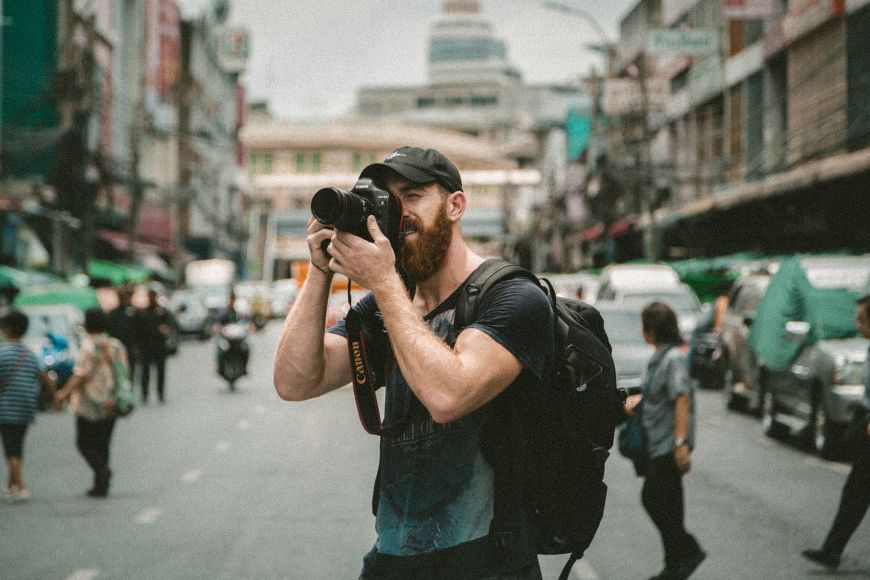
Selecting the right lens is the most important part of getting the shot right. Oftentimes, you can’t get everything from a single lens.
For example; lenses with extra-long focal lengths usually have a shallow depth of field. Similarly, a wide aperture lens (with a low f-number) limits the depth of field.
Focus speed is another element that’s essential in shooting elaborate sequences, especially if they involve fast-paced action. Finally, there’s the complexity of the lens. Cinematic cameras often have gears on the focus ring to facilitate rack focus and follow focus.
Some of the best lenses for pulling focus include the Canon EF 50mm f/1.2 L USM and the Sony FE 85mm f/1.4 GM. They both have a fast aperture with a moderate depth of field.
You can easily isolate your subject from the background or bring a specific object to sharp focus. They also have gears on the focus ring to facilitate pulling focus quickly and accurately. Additionally, the Sony has a fast focus speed, so you can create the intended effect swiftly.
2. Adjust the Settings for Wide and Fast
An easy setting is wide and fast. This means choosing a lens with a relatively short focal length but with a wide field of view. This would give you more flexibility to sharpen or blur the focus of the different subjects in the scene as needed.
A fast shutter speed would facilitate keeping the subject in sharp focus even as they move around the set.
It’s worth noting that these are just easy combinations to start with. Naturally, every scene has different requirements, and it’s best to figure these out case by case. In general, lens choices and settings need to follow the nature of the shot, like all other cinematic techniques.
3. Aim for a Smooth Pull
Jerky movements are rarely attractive on screen. It’s best then to try and make the shift in focus as smooth and natural as possible. The intuitive thing is to make sure that you don’t move the focus ring forcefully. Also, turn the focus ring at a consistent speed. Another solution is to use a long focus throw, which would give you a bit more control.
4. Use Follow Focus
Automation is often used to make our lives easier, and that’s exactly what it can do with pulling focus. Attaching a follow-focus system allows cinematographers to control and adjust the focus from a distance.
Usually, this comes with an external monitor to show what the camera operator can see. The guesswork is, in turn, reduced dramatically from the process.
5. Anticipate the Sequence
Programming the sequence in your head gives you a solid edge while performing a pulled focus. It’s like going on a drive when you know all the streets so well. That’s to say, a lot more fun!
Surprises are bound to happen, but at least you’d have a roadmap to follow. Choreographing the scene well and memorizing that ahead of time is good practice.
6. Use Focus Marks
A focus mark is an old trick in the industry. By placing colored tape, a sticker, or a grease pen stroke on the lens, CA’s can tell where to stop, and what is the exact right move of the focus ring.
This adds to the accuracy of the pull and reduces the response time of the camera operator.
7. Practice, Review, Repeat
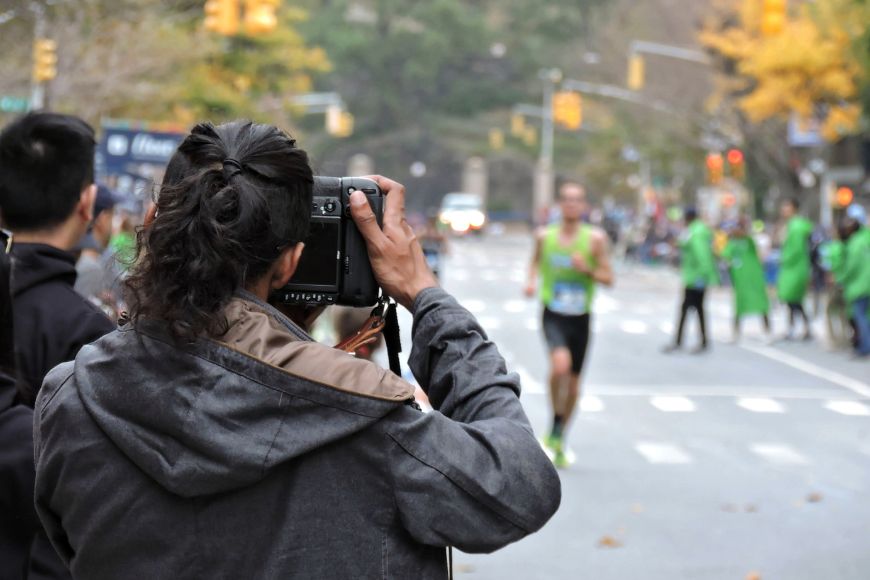
Practice makes perfect. And it’s even better to review your work consistently with brutal honesty. You might want to ask some of the experts in the field as well for feedback.
Over time, you’ll notice that the whole process becomes much less difficult and much more enjoyable.
7 Examples of Pulling Focus in Films & Videos
Pulling focus isn’t as clear as a tilt, a pan, or a zoom. However, as a tool to create visual magic, it’s just as impactful. Here are some examples from old movies, new movies, music videos, and even commercials to illustrate the beauty of pulling focus.
Casino Royale – The Martini Shot
This is one of the greatest examples of pulling focus to create a silent dialogue. It’s the most subtle exchange between the leading man and the audience. A moment of dreadful realization. Daniel Craig, with a single look, says; “that drink was poisoned!”
The movement of the suspect glass of martini replaces pages of internal dialogue. Its final shot amplifies all the tension that’s been building up prior to that moment. The best part is that the viewers stay fully engaged in the visual masterpiece without any interruption whatsoever.
Raiders of the Lost Ark – The Opening Scene
Spielberg is known for showing off his prowess, and this movie is no exception. After the breathtakingly scenic opening sequence, Indiana Jones, played by Harrison Ford, comes face to face with the golden idol. The focus smoothly pulls out from the golden object to Indiana’s face.
Indiana’s stare of reverence and awe can only be depicted by putting him in sharp focus. At this point, the details of the golden idol are less consequential than Indiana’s reaction to the idol. We can tell right then and then that this artifact is tremendously important.
Young Victoria – The Banquet
This whole movie is a masterclass in cinematic excellence and elegance. In this particular scene, focus is pulled not just once, but a multitude of times. At first, it’s to showcase the elaborate surroundings. But soon, it highlights the little snippets of conversations.
It’s how important characters start to know each other or know about each other. Additionally, the narrow depth of field keeps the background noise at bay. We, the viewers, never forget that we’re at a party, but we can focus on what matters.
The Revenant – Snow Scene
Being mauled by a bear is not a common experience for the vast majority of people, and very rarely does a survivor live to talk about it. The scene where Hugh Glass, played by Leonardo DiCaprio, crawls on the snow right after the attack is filled to the brim with emotional nuances.
The camera focuses for a good minute on his pain and struggle. It shows how hash nature can be. Then suddenly, the camera pulls out and focuses on the beauty of that very same nature. The juxtaposition is stunning.
Justin Timberlake – Say Something Music Video
If you think that sophisticated cinematic techniques are reserved exclusively for the big screen, then you should definitely watch Justin Timberlake’s “Say Something” from the album Man of the Woods.
The song, which was released in 2018, uses a variety of visual tools to immerse the viewers in Justin’s world, his words, and his tunes. The opening focuses heavily on Timberlake, but as he gets into the elevator, the camera gradually explores other elements and characters.
H.E.R. – Focus Music Video
A suitably named music video from H.E.R. demonstrates pulling focus to a T. The 2016 production of the song opens up with a focus pull from a man’s face to a young lady’s.
The next shot is of her walking slowly through a crowded room that’s clearly out of focus. Throughout the song she implores her love interest; “can you focus on me?”. With that line, the focus shifts from her to various other faces in the room.
It’s easy to connect to the young lady’s feelings of neglect and loss in the sea of people. It’s easy to feel how badly she needs to be seen and heard as a person.
Mentos, The Freshmaker – 1990s Commercial
The ’90s was a continuation of the ’80s color and optimism, minus the aplomb. The 30-second commercial for Mentos shows a visual dialogue between the young corporate kid and a workman.
The dynamism reaches its peak when the camera focus is pulled from one to the other showing a multitude of reactions in a couple of seconds. Eventually, the viewer is left with the shared anxiety that magically turns into a joyful moment to be celebrated.





